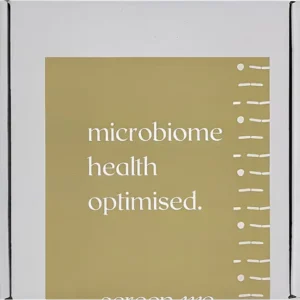NEW ARTICLE SUMMARY: Characteristics of the vaginal microbiota associated with recurrent spontaneous preterm birth: a prospective cohort study
Published: May 2025
What was studied
Spontaneous preterm birth (sPTB) is a major cause of child mortality and often recurs. Current preventive treatments are limited in effectiveness due to an incomplete understanding of its causes. One area of interest is the role of the vaginal microbiota (VMB), particularly early in pregnancy.
A prospective cohort study of 152 pregnant women with a history of sPTB (before 28 weeks) was conducted. Vaginal swabs were collected before 16 weeks and again at 16–24 weeks. Microbiota profiles were analyzed using 16S rRNA sequencing and compared between those who had recurrent sPTB and those who did not.
Lactobacillus iners dominance & preterm birth
- Lactobacillus iners (L. iners) dominance in early pregnancy was significantly associated with higher risk of spontaneous preterm birth.
- In contrast, Lactobacillus crispatus (L. crispatus) dominance was more prevalent in women who did not experience recurrence.
Lactobacillus iners dominance as unstable
- The vaginal microbiota dominated by L. iners was less stable and more likely to shift toward non-Lactobacillus-dominant states, which are associated with higher sPTB risk.
- L. iners lacks many protective features (e.g., D-lactic acid, hydrogen peroxide), may promote immune dysregulation, and facilitates bacterial ascension into the uterus.
- Its genetic adaptability and persistent colonisation ability may enhance its risk contribution.
Implications for care
- The findings suggest that interventions aimed at shifting the vaginal environment from L. iners dominance to more stable and protective microbiota—like L. crispatus—could reduce recurrence risk.
- However, further research is needed to understand the mechanisms involved and to test the effectiveness of microbiota-targeted therapies in clinical settings.
Conclusion
Early pregnancy dominance of L. iners may be a strong predictor of recurrent sPTB due to its instability and transition to harmful microbial states.
These findings support the potential for microbiota-targeted interventions in early pregnancy to prevent recurrence.
However, more research and clinical trials are needed to validate these strategies and explore strain-specific effects.
Fariba Khonsari




